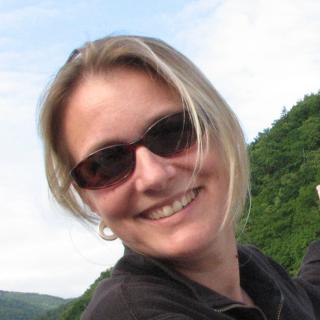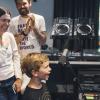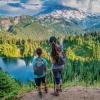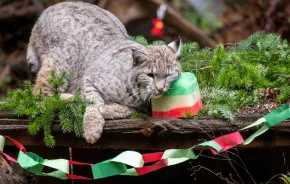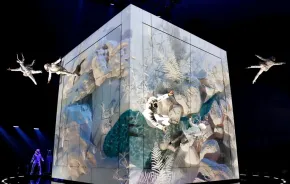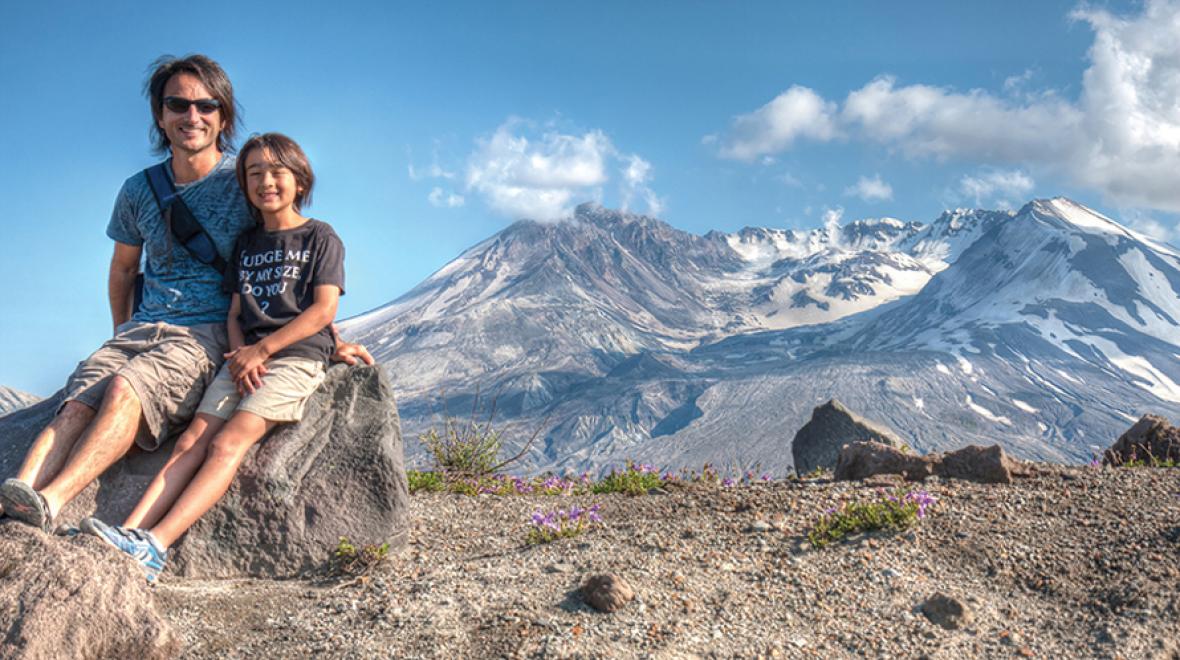
Got a budding volcanologist in the family? Jot down one of these adventures on your summer to-do list. We’ve got ideas to make the most of a trip to our Pacific Northwest volcanoes, perfect for local families and tourists alike.
Start the fun before you go
It’s hard to look at a big volcano or even a small volcanic cone and imagine the rumbling activity inside. Prep your kids by watching videos about volcanoes online (Bill Nye the Science Guy has a great one on YouTube). Also, National Geographic offers a quick read, or check out a few books about volcanoes at the library.
A few ideas for eruptive fiction: “Vacation Under the Volcano” by Mary Pope Osborne, which is part of the Magic Tree House series; “Ashfall” and “Ashen Winter” by Mike Mullin; and, of course, the Jules Verne classic “Journey to the Center of the Earth.” Play educational and fun volcano-centric games at Oregon State University’s volcano site. Websites full of photos, science fair projects and exciting facts are great for somewhat older children. For extra credit: Give the kids an assignment to brief the family on the science of volcanos before you go.
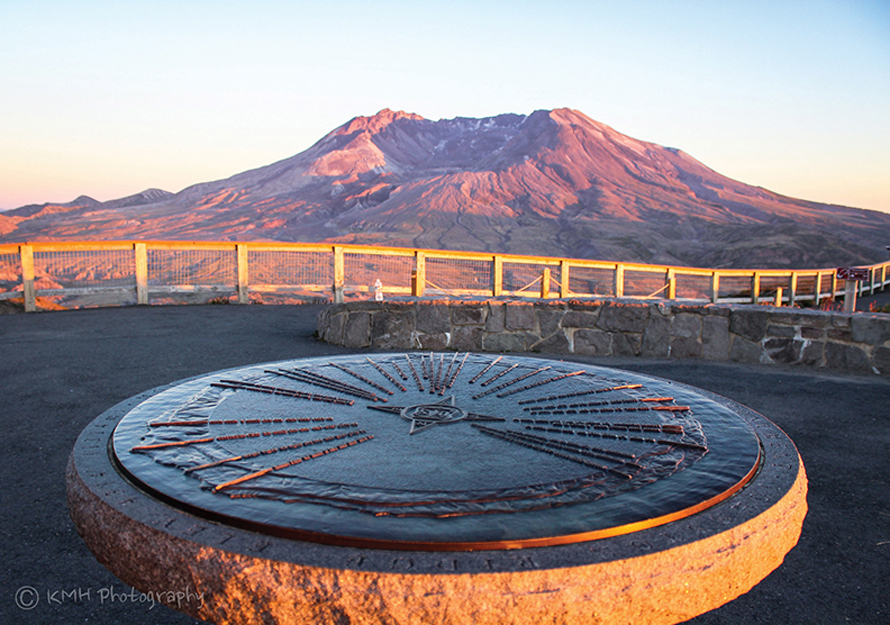
Nearby volcanoes to visit
1. Mount St. Helens
Many of us can remember when Mount St. Helens erupted on May 18, 1980. The eruption removed more than 1,000 feet of mountain and left a horseshoe-shaped crater to commemorate the occasion.
In the nearly 40 years since the blast, neighboring forests, lakes and rivers have mostly recovered, but the altered landscape remains exciting to visit. Start your trip at the Forest Learning Center at mile marker 33 on State Route 504. It offers an impressive range of interpretive (and free!) exhibits and is a great starting point for short and long hikes. View geologic formations up close on the half-mile Eruption Trail, right behind the visitor center, or try the nearby 2.4-mile Hummocks Trail, a loop full of fascinating hummocks, debris left by the blast and small ponds.
At the far end of SR 504 (about 52 miles east of Castle Rock, Washington), you’ll find Johnston Ridge Observatory. There you can enjoy views of the lava dome, crater, pumice plain and landslide deposit.
Don’t miss: The Johnston Ridge Observatory regularly runs ranger-led and Junior Ranger programs (check with the information desk for the day’s schedule). Most ranger programs work well for younger kids, with the Junior Ranger program geared toward kids ages 6–12. Those who successfully complete the day’s mission even get sworn in as official Junior Rangers!
Where to stay: A particularly fun camping option is Seaquest State Park, which is connected by a pedestrian tunnel to the Mount St. Helens Visitor Center at Silver Lake. Though the park is near Interstate 5, it has great views of the mountain, nearby swimming and lush hiking trails. The Eco Park Resort, just down the road, offers somewhat more luxurious options with cabins, yurts, a full-service restaurant and guided horseback rides. Reservations are required.

2. Mount Bachelor
Start a visit to Mount Bachelor in central Oregon at Lava Lands Visitor Center in Bend. Watch videos, check out the 3-D map and walk the Sun-Lava Path, a 5.5-mile paved bike trail, along the edge of a real lava field. In summer, you can hop a shuttle to the summit of Lava Butte, which erupted about 7,000 years ago. (You’ll pay $2 per person, round trip.) Also visit Newberry National Volcanic Monument, with its 50,000-plus acres of lakes, and lava, basalt, rhyolite and obsidian flows.
Mount Bachelor itself is a dormant stratovolcano that formed more than 11,000 years ago. In summer, you can ride a chairlift from West Village to Pine Marten Lodge, or take a summer dogsled ride with Oregon Trail of Dreams. You can also hike up to Pilot Butte State Scenic Viewpoint, an old cinder cone just east of Bend.
Where to stay: Camp at Little Crater Campground on the shores of Paulina Lake within the collapsed crater of Newberry Volcano, or splurge in Sunriver and enjoy the Sunriver Homeowners Aquatic & Recreation Center (SHARC), a family-centered recreation area with an outdoor water park.
Don’t miss: Lava River Cave, a mile-long lava tube at Exit 151/Cottonwood Road off Highway 97. It’s a fairly steep descent down to the cave, but it’s cool inside all year long.
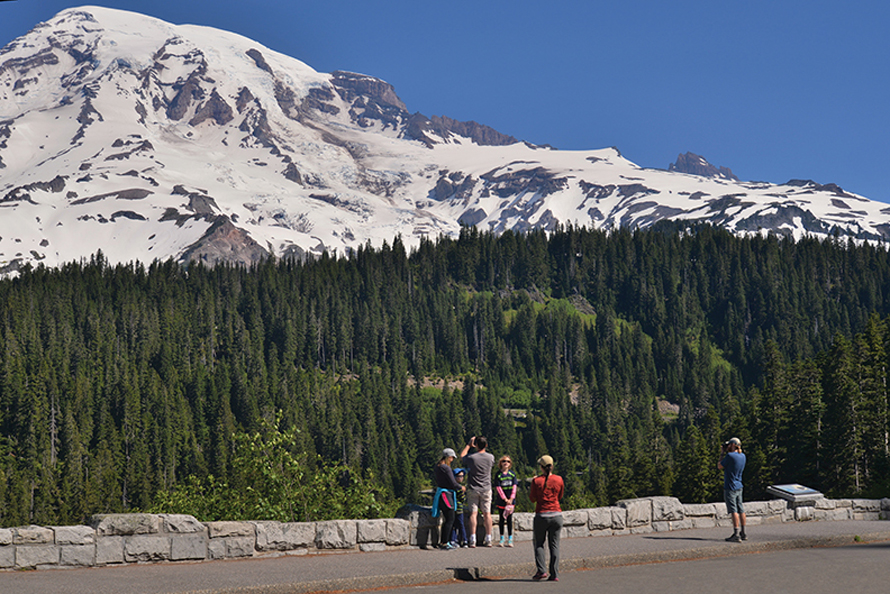
3. Mount Rainier
A beloved sight in the Seattle skyline, Mount Rainier sits on a subduction zone atop colliding continental and oceanic plates. That means earthquakes galore (the mountain experiences more than 20 a year!).
Mount Rainier is also a wonderfully accessible national park where you can learn about seismic activity and volcanic history. Past volcanic activity created the nearby mineral springs; find them on the short Trail of the Shadows near Longmire Museum. Although the 49 springs are no longer open for soaking or drinking, visit the historic Longmire Cabin — also along this trail — for a taste of earlier times.
Another amazing artifact of volcanic activity: the columnar lava — think hot lava meeting cold ice to create distinctive hexagonal columns. You’ll spot it along the road to Sunrise.
Don’t miss: Unforgettable trail experiences include the Mount Fremont Lookout Trail at Sunrise. It’s suitable for teens, sure-footed younger kids or babes in backpacks and offers some stunning alpine and panoramic vistas. There’s also the easier Grove of the Patriarchs; wander through some of the most stunning old-growth forests on Earth (including a magical suspension bridge). But wait! Don’t forget to visit Paradise, with its stunning meadows of wildflowers and the Henry M. Jackson Visitor Center. This might call for more than one visit.…
Where to stay: Consider a room at the historic Paradise Inn, built in 1916 and perched at an elevation of 5,420 feet. In summer, camping is also a great option. Almost all 473 car-camping spots inside the park are fantastic. Most are available on a first-come, first-served basis, but some can be reserved in advance. There’s also the charming Silver Springs Campground, just outside the park boundary on State Route 410, complete with bubbling springs and a gurgling creek.
Volcanic splurgesIn the Pacific Northwest, there are plenty more volcanoes to explore by car, including Mount Baker and Mount Adams. There are still more options in British Columbia (try Mount Garibaldi, just north of Vancouver). But why stop at PNW volcanoes? Hop a plane and splurge on one of these explosive adventures.
|




